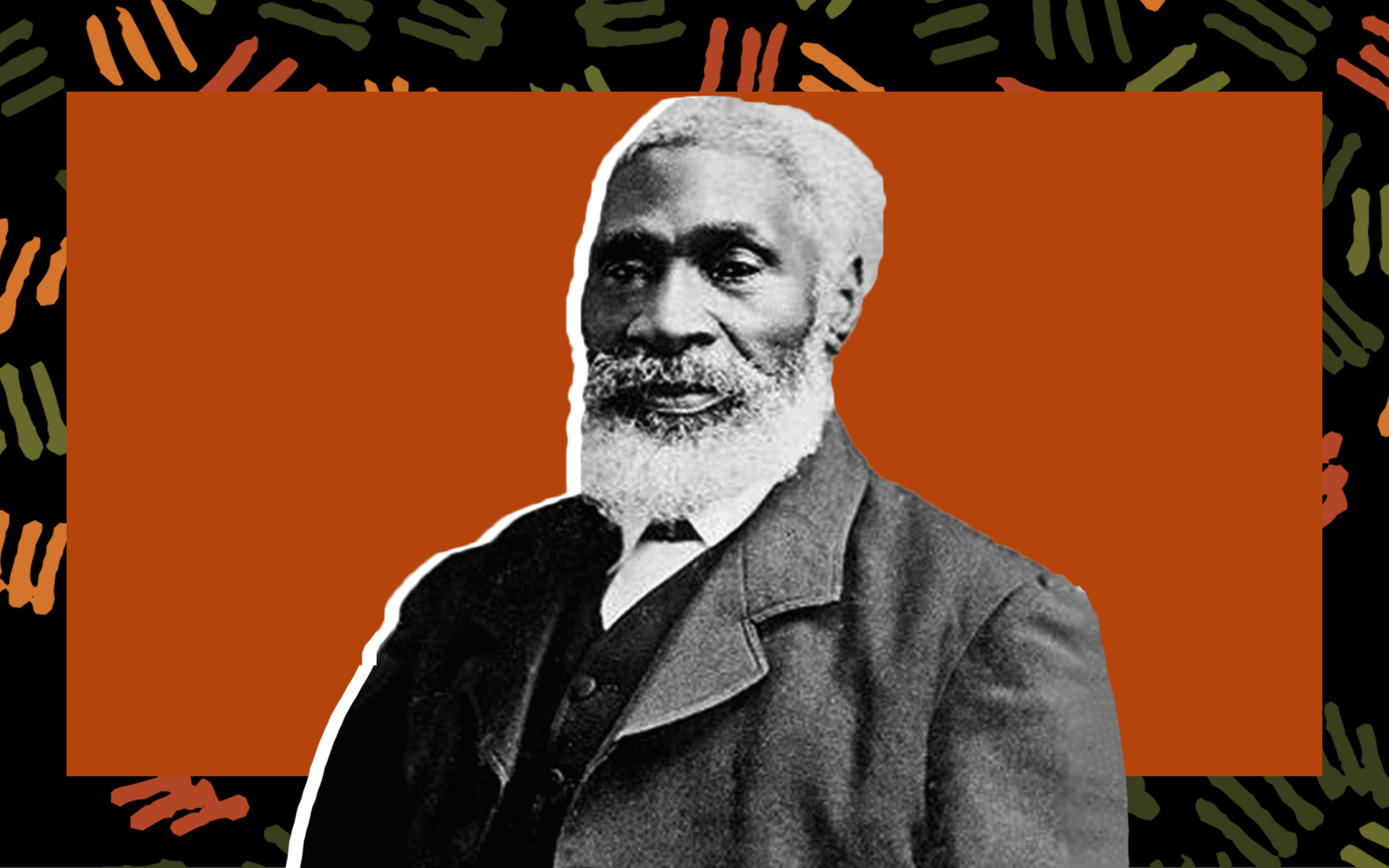Note: This article is part of Blavity's #MakingHistoryWhileBlack Black History Month series, where we are highlighting unsung historical black figures whose personal stories are deserving of more prominence.
When we call someone an "Uncle Tom," we're usually not saying it as a compliment. We reserve the name for Black conservative Fox News commentators and skin folks who clearly ain't kinfolks. However, as it turns out, the real-life Uncle Tom, Josiah Henson, wasn't an "Uncle Tom" at all.
Henson's story was unintentionally overshadowed by the 1865 classic Uncle Tom's Cabin. Harriet Beecher Stowe wrote the book to show Christian America the ugly controversial truths about slavery. In Stowe's story, Uncle Tom acts as a moral overly forgiving slave, with an unyielding loyalty and compassion for his master.
The character's blind benevolence in the face of immense cruelty makes most Black folks gag. At the same time, the book is credited for sparking the American Civil War that eventually ended slavery. In her subsequent book, A Key to Uncle Tom's Cabin, Stowe admitted that the famed character wasn't pulled from her imagination. Uncle Tom was partially constructed using stories taken from Henson's autobiography The Life of Josiah Henson, Formerly a Slave, Now an Inhabitant of Canada, as Narrated by Himself, published in 1849.
Similar to Uncle Tom, Henson was faithful to his master. In fact, the catalyst for Uncle Tom's Cabin completely mirrors Henson's real-life. Henson served his owner for 20 years and was sold to settle a debt. His former master trusted him so much that he allowed Henson to deliver himself, his wife, his children and about a dozen others to their new master in Kentucky. According to Henson's autobiography, as he traveled from Maryland, he passed through the free state of Ohio and neglected the opportunity to liberate his caravan — real "Uncle Tom" behavior. When Henson reached his much crueler new master, Amos Riley, regret quickly formed.
"I have often had painful doubts as to the propriety of my carrying so many other individuals into slavery again, and my consoling reflection has been, that I acted as I thought at the time was best," Henson wrote in his first memoir.
Acting on his principles, Henson made arrangements to buy his and his family's freedom, but of course, his master didn't honor the agreement. Henson's honesty and compassion made him too valuable to part with. In Uncle Tom's Cabin, the main character struggled with a similar situation and ultimately dies before ever gaining his freedom. In fact, Uncle Tom is beaten to death by his overseers and forgives them before taking his final breath. This is where Uncle Tom and Josiah Henson drastically differ.
Henson wasn't with the foolery. In 1830, following so many broken promises, he took matters into his own hands and dipped out. His escape almost sounds like a dramatic movie trailer. After stowing away to Ohio with his wife and kids on foot, he encountered Native Americans who helped him get to New York. From that point, some boatmen assisted him and his family in reaching Ontario, Canada.
Even more redeeming, he made it part of his life mission to free other enslaved Black folks. In addition to inspiring the novel that's been credited with ushering in the Civil War and consequently, the liberation of slaves in the U.S., his praiseworthy list of accomplishments includes rescuing 118 enslaved people; winning a medal at the first World's Fair; and helping to build, Dawn, one of the final stops on the Underground Railroad.
When writer Jared Brock learned about Henson, he was inspired to write the biography The Road to Dawn. In this case, Dawn isn't some superficial sunrise; it's the real-life Black settlement that acted as part of the Underground Railroad. Today, Dresden, Ontario holds the history of Henson and other early Black-Canadian settlers who were important figures in the abolitionist movement.
YouTube | Josiah Henson Foundation
Aside from his book, Brock also developed a Danny Glover narrated documentary and registered a foundation to further spread Henson's story.
Remarkably, Henson was able to spin his original memoir into two separate reprints, enabling opportunities to read Henson's story in his own words: Truth Stranger Than Fiction. Father Henson's Story of His Own Life from 1858 and the 1879 Truth Is Stranger Than Fiction: An Autobiography of the Rev. Josiah Henson. Through his narration, readers can learn about his journey toward becoming a reverend and other notable titles he acquired throughout his lifetime. However, "Uncle Tom" is one title he truly outshined.

